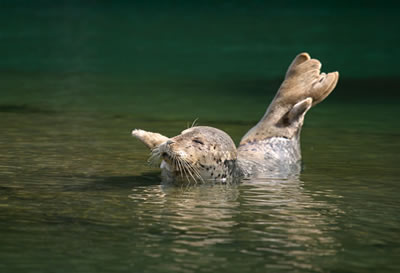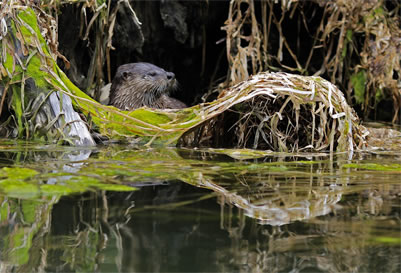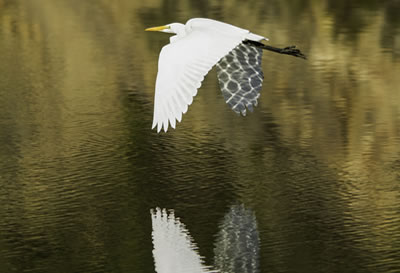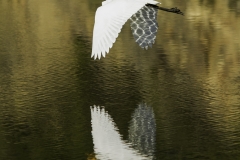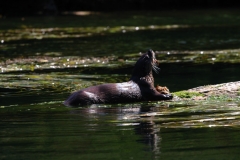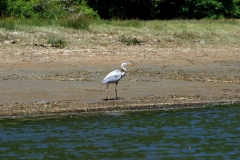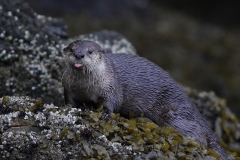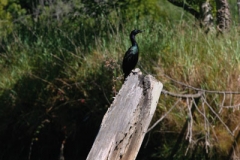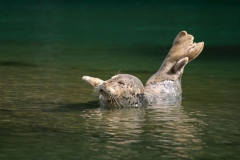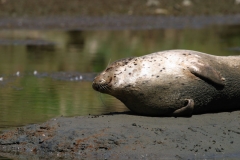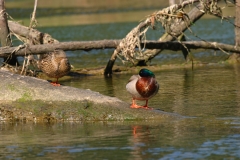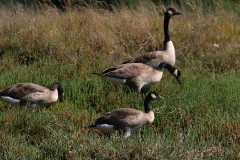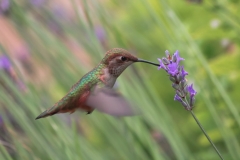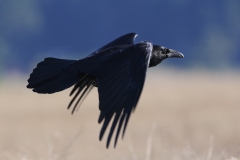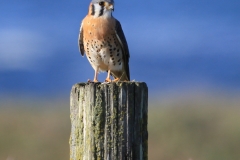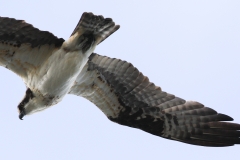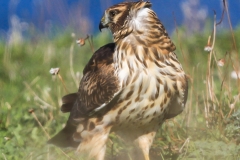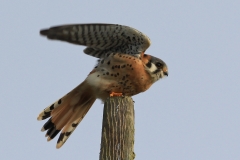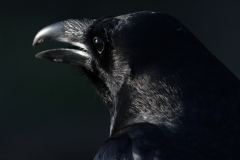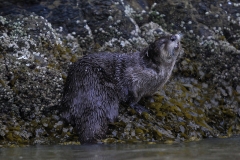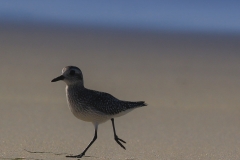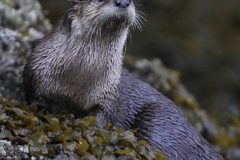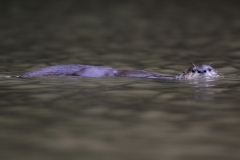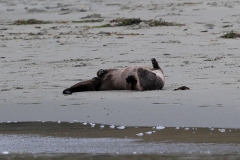Mendocino sits atop beautiful ocean bluffs surrounded on three sides by Mendocino Bay and the Pacific Ocean. The bluffs comprise the Mendocino Headlands and offer walking trails that afford incredible views of the ocean and the lovingly restored 1850’s New England style Victorians which now house restaurants, specialty shops, galleries and provide lodging for Mendocino artists. Historic buildings line the cliffs. At times the Pacific roars and crashes against the headlands with such force spindrift floats up to Main Street. The air tastes salty.
In a complex surrounding what was once a Victorian carriage house is the Mendocino Art Center, described by the National Endowment for the Arts as a “rural miracle.” The Mendocino Art Center serves area artists as well as artists and aspiring artists throughout the United States.
All this is the nature of Mendocino, located about 150 miles north of San Francisco on Highway 1. Besides the natural beauty, visitors to Mendocino will find a variety of things to see and do.
The history of Mendocino and its founding families can be explored at the Ford House and the Kelley House museums.
The Mendocino Community presents a variety of events from monthly art openings that celebrate art on the Second Saturday of every month to the annual Mendocino Music Festival providing performances in a huge tent on the Headlands in July. Other annual events include a Whale Festival, the Mendocino Art Center’s Garden Tour featuring exquisitely created home gardens with a luncheon at the Stanford Inn’s Raven’s Restaurant, an old-time 4th of July parade, the renown Art in the Gardens presented by the Mendocino Botanical Gardens, Winesong celebrating fine wines and local culinary talents in a tasting followed by an auction and celebrations of the Christmas holidays with lights and singing at the inns and lodges of Mendocino, Little River and Elk, and much more.
Hikers and mountain bikers enjoy bluff-top excursions to view seabirds, the seasonal gray whale migration and spring wildflowers. Nearby Big River Beach is ideal for family picnics and Big River is an ecological treasure which is easily explored by canoe or kayak which can be rented at Catch A Canoe & Bicycles, too!
Montgomery Woods up Comptche Ukiah Road offers virgin redwood groves with the tallest living tree in the world. Redwoods and Douglas Firs dominate the Russian Gulch State Park as well as other nearby State Parks including Van Damme and Hendy Woods. Many of these parks allow dogs on their trails. And at MacKerricher State Park Lari Shea offer horseback riding along the beach.
The town is compact and shopping and dining destinations are within easy walking distance of one another. Mendocino is an art collectors dream. Coast artists show their works at the Mendocino Art Center and in the scores of privately owned galleries. Performing arts include productions by the Mendocino Theatre Company,
Visit Mendocino, enjoy a stay at the Stanford Inn by the Sea, Explore Big River on a bicycle or kayak. And dine at Ravens Restaurant. What could be better?!
